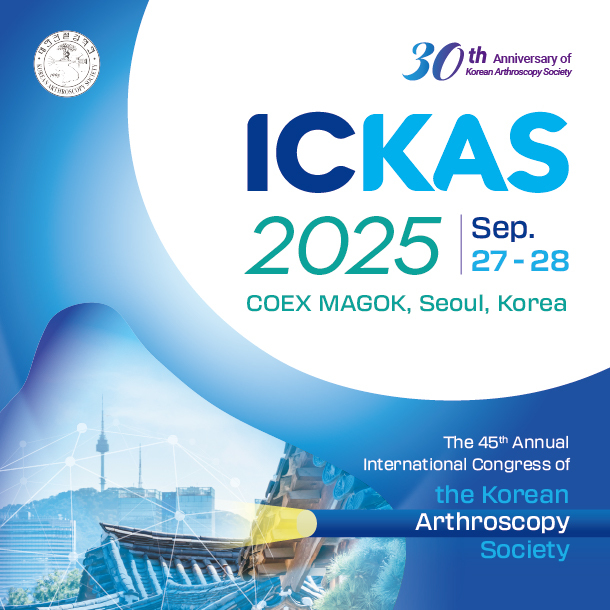Protective effect of additional cathelicidin antimicrobial peptide PR-39 on prosthetic-joint infections | APOA
-
-
Protective effect of additional cathelicidin antimicrobial peptide PR-39 on prosthetic-joint infections
Yongjun Zhu Xuan Weng Jian Zhang Jingxin Mao
Abstract
Background
Prosthetic-joint infection (PJI) is one of the severest complications after arthroplasty. However, antibiotics are not effective in the bacteria in biofilm outside the prosthetic-joint. Antimicrobial peptides have an efficient antimicrobial activity in staphylococcus aureus compared with conventional antibiotics.Methods
Bone marrow stem cells (BMSCs) were isolated, cultured and transfected with cathelicidins antimicrobial peptides proline-arginine-rich 39 amino acid peptide (PR-39) lentivirus. The expression of PR-39 gene in BMSCs was detected by RT-PCR, and the antibacterial activity of PR-39 was measured by agar diffusion method. The transfection efficiency was detected by fluorescence microscopy. The infection model of artificial knee joint in rabbits were established. Kirschner wire was used as the knee joint implant to implant the distal femur through the femoral intercondylar fossa of rabbits. 24 rabbits were randomly divided into 2 groups for the above operations: group A was inoculated 0.5 mL into the joint cavity immediately after the incision was sutured 1 × 107 Staphylococcus aureus of colony forming unit (CFU), group B was inoculated with Staphylococcus aureus and PR-39. After operation, the wound conditions and histological changes were observed by X-ray and optical microscope respectively, CRP and erythrocyte sedimentation rate were measured by test assay.Results
The transfection efficiency of lentivirus vectortransfected BMSCs was 74.09%. The supernatant of lentivirus vector had obvious inhibitory effect on Staphylococcus aureus, and the antibacterial rate was 98.43%. 100% infection observed in group A while few infection observed in group B; serum CRP and ESR at a high level in group A while decreased in group B after operation. There were no significant difference in CRP and ESR between the pLV/PR-39 group and pLV/EGFP group at day 1 and 3 respectively after surgery. However, CRP and ESR in the pLV/PR-39 groupwere significantly lower than the pLV/EGFP group at day 7 and 14 respectively after operation.Conclusions
Rabbits planted BMSCs expressing PR-39 were significantly increased resistance to Staphylococcus aureus in PJI than control group thus showing great potential for preventing implant-associated infection. It will provide a potential new therapeutic agent for implant-associated infection.
-
-
-
Go To Social forumAn open forum for chatting about anything you want toThere are no discussion topics yet in this forum
-
Some content of this page may only be viewable when signed in.
Log in / Sign up
